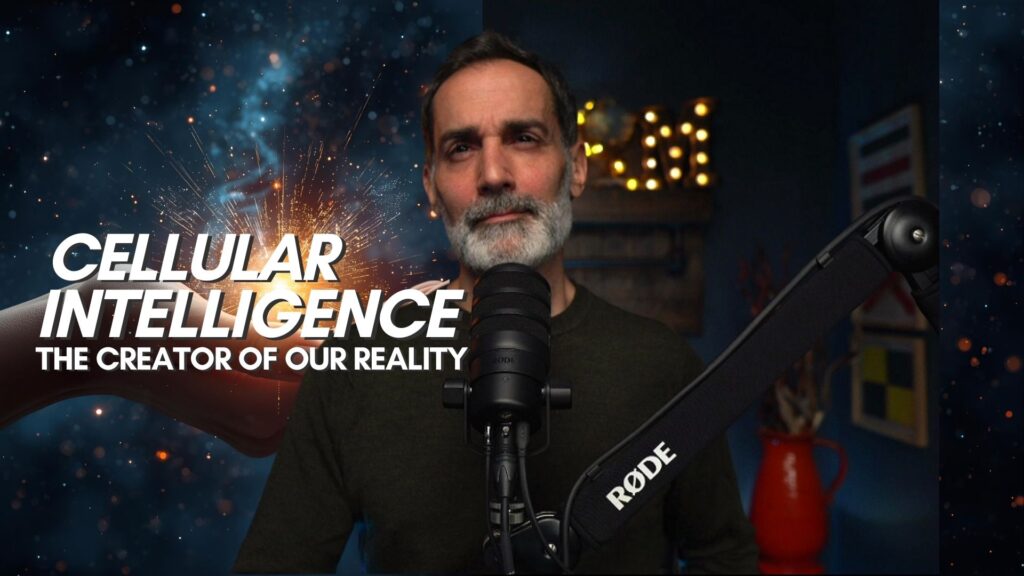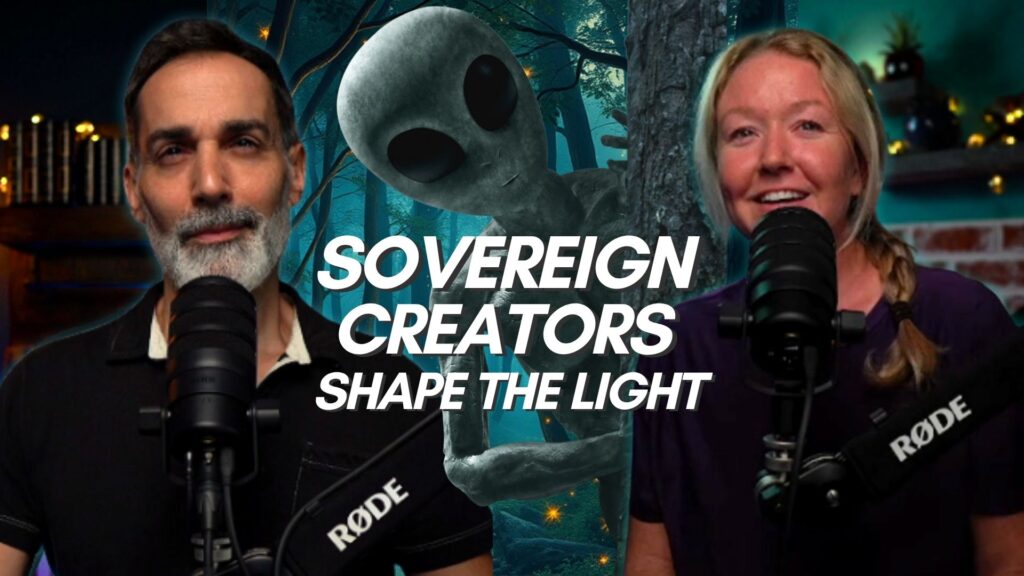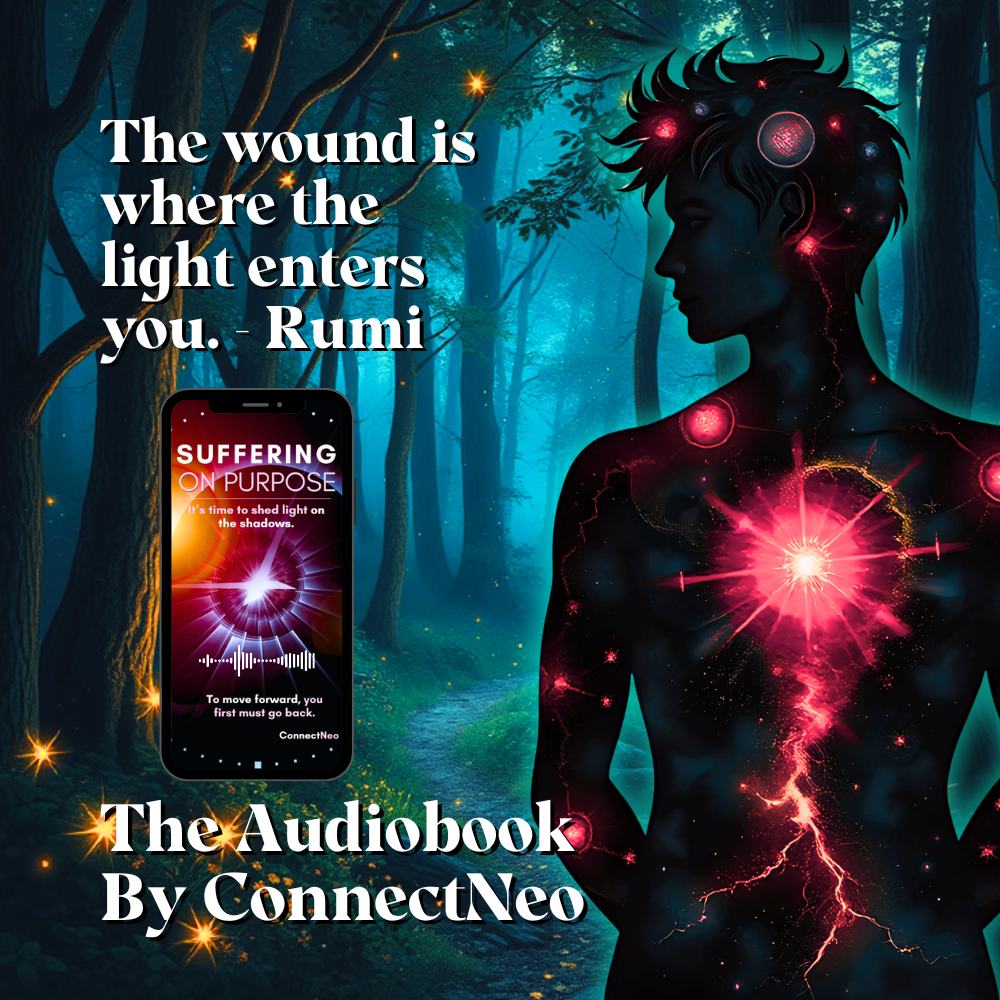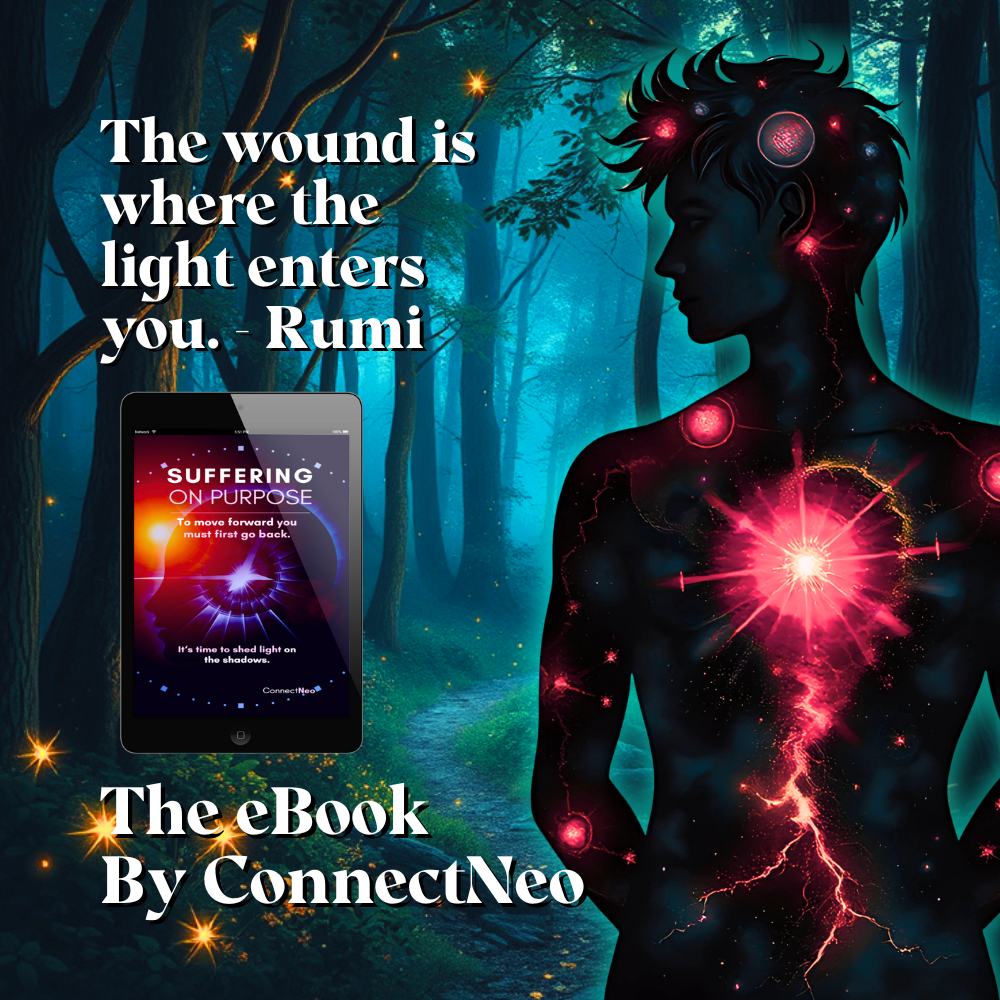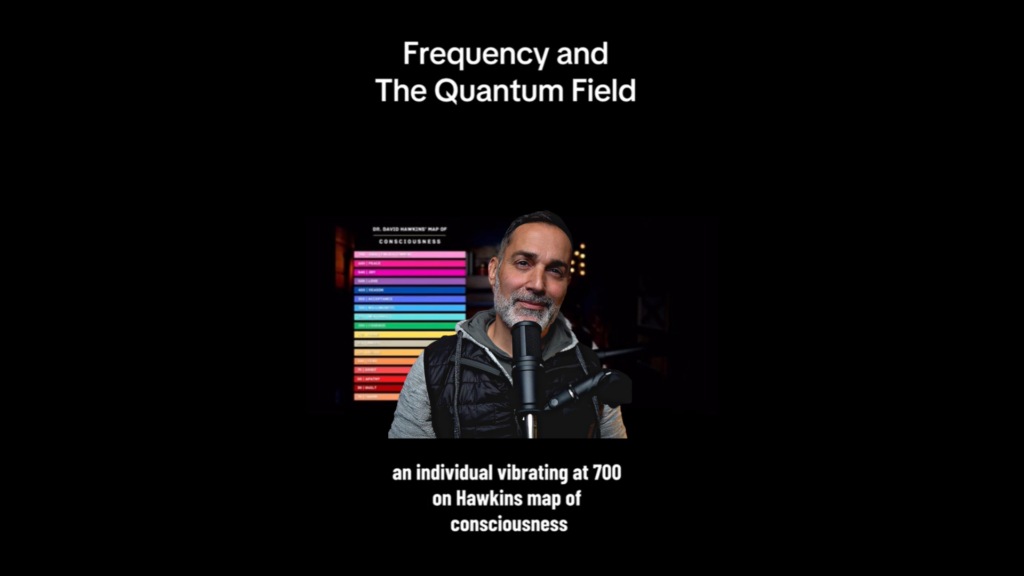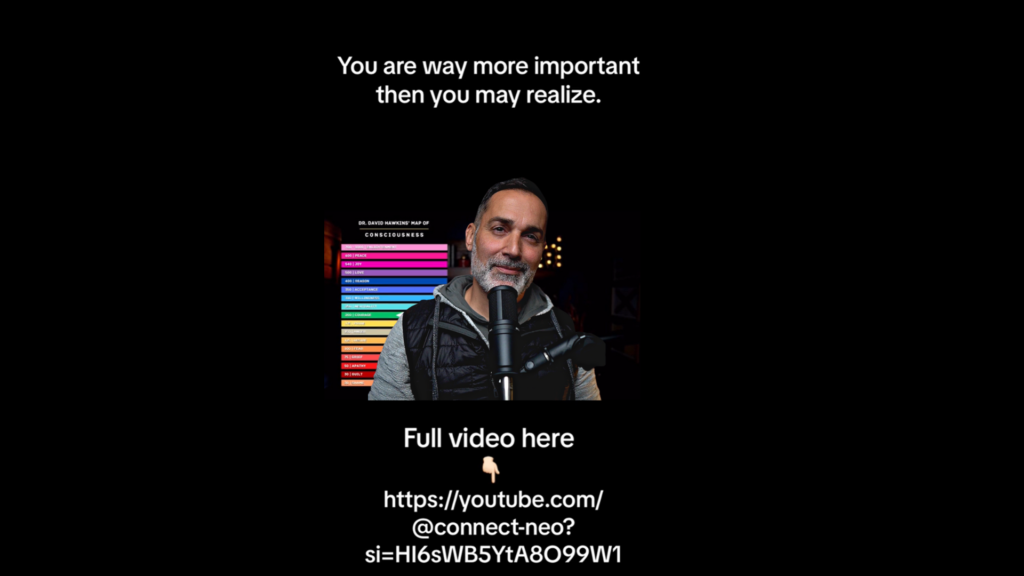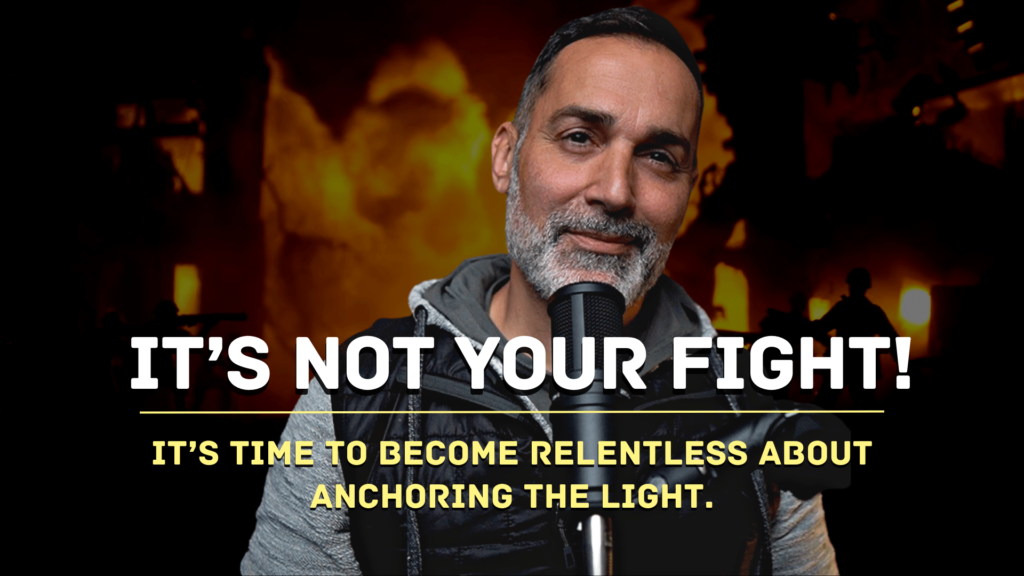I love a good landing page. Who doesn’t? Landing pages are the end of the line, the final destination on a journey that began with a keyword phrase and ended with an eBook or some other terrific offer. When done right, they’re concise and engaging. They generally have a payoff or solve a problem for me. And I love having my problems solved for me. But what makes the best landing pages truly the best? Why do some succeed where others fail? Some of these tips you may have thought about, others you might not have. And whether you’re a landing page guru or just getting started, we think you’ll find these insider insights helpful to creating the best landing pages.
- Message Match
It’s absolutely of the utmost importance that your CTA message and your landing page headline are very nearly, or literally the same. If your CTA reads, “How to write a better press release” but your landing page reads “Learn to write press releases like a pro”, while the meanings may be similar, the words themselves aren’t. This will lower your response rate. Instead make sure both your CTA and your landing page say “How to write a better press release”.
- Keywords
Remember, your landing page is the destination, but your audience more than likely began their search with a keyword or keyword phrase. Make certain any keywords or phrases are carried through each stage of your campaign. From search engine, to blog post, to CTA to landing page; it’s essential to the success of your landing page that it features the keyword site visitors originally searched to find your offer in the first place. Borrowing the example of “How to write a better press release”, if your audience found your blog post based on this keyword phrase, and your offer is about how to write a better press release, your landing page absolutely should feature the phrase “how to write a better press release”.
- Keep a narrow focus
My experience has shown that designs and copy tend to start off a little bloated and require trimming as they’re refined. Landing pages are no exception; rather landing pages are the extreme. Keep the focus extremely narrow. Don’t make your audience “figure anything out”. Just that little extra effort might send them off in another direction. If you’re promoting a free gym pass, make sure the landing page headline very clearly states, “Get your free gym pass”. The temptation is to make headlines clever, or to be a wordsmith. Don’t bother. Keep it direct and to the point.
- Get the design right
A good looking landing page is a way station for weary web travelers. A bad looking landing page on the other hand can feel like a cheap motel. If you’re building landing pages, odds are you have a brand, and brand guidelines. Make sure your landing page designs conform to your brand. And spend the extra time developing the design elements your campaign requires. A good looking landing page might not win the deal every time, but a bad looking landing page will most likely send a visitor off before you even get the chance to try.
- Don’t recreate the wheel
The great thing about inbound marketing and landing pages is that you can see what’s worked in the past and what hasn’t. As part of your landing page creation best practices, be sure to review your existing top performing landing pages and their analytics to isolate how and why they have performed so well.
- The little things
Studies have shown that the difference between success and failure in digital marketing can be as subtle as the words “create an account” vs. “continue”. Creating an account is a commitment; “continuing” on the other hand is easy. Are you losing conversions over something as small as the text on your buttons? Take the time to think about the little things when creating your landing pages, or set up A/B test to see which little thing is performing better; sometimes making a few small changes can have a tremendous effect on results.
So, what have we learned? Yes design is important when building the best landing pages, and cool icons can convince your audience you’re on the level and deserve to be heard, but creative is a point of entry, not the standard by which your page should be judged. Clever headlines aren’t nearly as important as message match, or using the right keywords and keyword phrases. What matters most are good old fashioned SEO fundamentals, and constant analysis of what has worked in the past so that you can apply what you’ve learned, and continue to grow your successes.

